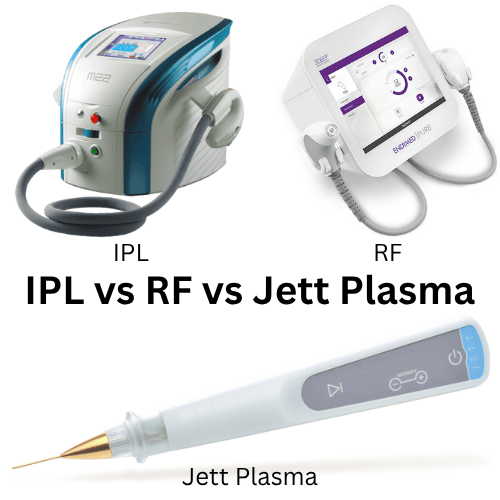What are the stages of diabetic retinopathy?

There are over 5.5 million Canadians with diabetes, and the prevalence is increasing each year. Along with the risk of complications such as kidney failure, stroke, and heart failure comes a higher rate of vision loss among those with diabetes. Diabetic retinopathy is the cause of the vision loss in most of these cases.
What is diabetic retinopathy?
Retinopathy occurs when the blood vessels in the retina (light-sensitive tissue that lines the inside of the back of your eyes) start to weaken and swell. These changes result in minor leakages that deprive your eyes of the essential oxygen and nutrients they require for proper function. Parts of the retina may die off which can threaten vision.
What are the stages of diabetic retinopathy?
1. Pre-proliferative diabetic retinopathy
Small bulges in the blood vessels of the retina form, called “micro-aneurysms”. The blood vessels may start to leak small amounts of blood into the retina. At this stage there are usually no vision problems.
2. Proliferative diabetic retinopathy
Swelling and leakage of the retinal blood vessels continue, causing sections of the retina to lose blood supply. This signals the body to start growing new blood vessels. These vessels are thin, weak and prone to causing scarring and retinal detachment. The risk of vision loss is much higher at this stage.
3. Diabetic macular edema
If swelling and leakage occurs at the most sensitive area of the retina (known as the macula), diabetic macular edema can result. At this stage the likelihood of vision impact is high.
What are common symptoms of diabetic retinopathy?
Some of the most common symptoms of diabetic retinopathy are:
- Blurry vision
- Distorted or double vision
- Reduced peripheral vision
- Light flashes and floaters.
However, symptoms are not always experienced, even at more advanced stages of the disease.
Diabetic retinopathy treatments
Once stage 2 or 3 is reached, treatment for diabetic retinopathy is usually indicated. This may include eye injections with medicine designed to control swelling and new blood vessel formation, laser surgery to reduce the retina’s demand for blood and remove abnormal diseased blood vessels, or vitrectomy/retinal detachment repair, which involves removal of the gel within the eye and repairing a separated retina surgically.
Early diagnosis is key! Annual eye exams to detect any changes to the retina at the earliest possible stage will often prevent serious consequences to vision. Strict attention to maintaining good blood sugar levels is also important. Protect your vision and book your comprehensive eye exam at your Calgary eye clinic today.











